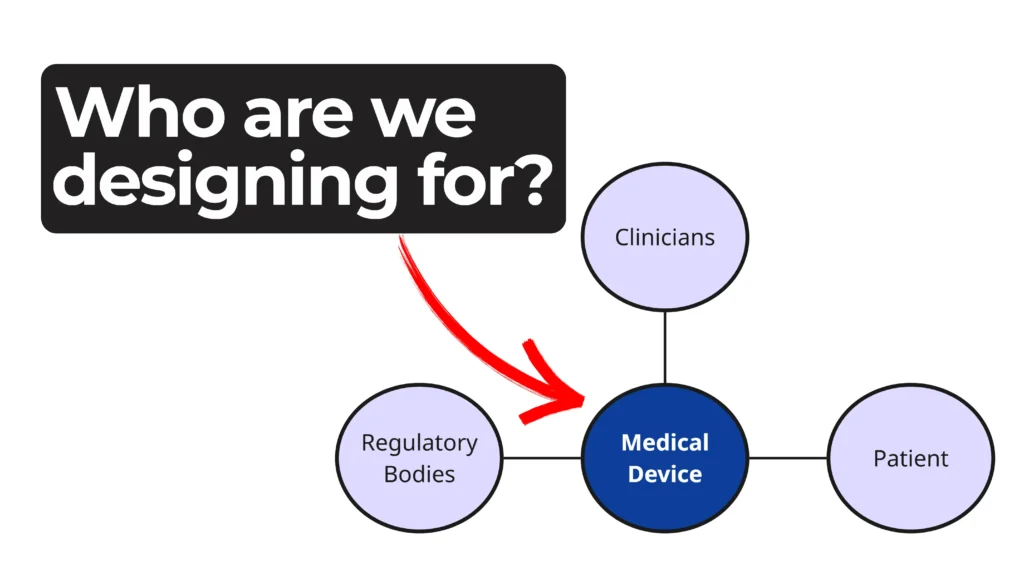
How Brain-Computer Interfaces Are Mapping the Future of Neurotechnology
In this episode of MedDevice by Design, we explore the world of brain-computer interfaces (BCIs) and the challenges of capturing thought into action. Mark Drlik and Ariana Wilson walk through how these systems translate brain activity into control signals for devices—without needing surgical implants.
What Is a Brain-Computer Interface?
A brain-computer interface captures electrical signals in the brain and maps them to physical or digital actions. Many BCIs use EEG (electroencephalography) to read brain activity from outside the skull and convert patterns into commands. These signals are then interpreted in real time to drive assistive technologies or interact with digital systems.
Key Technical and Ethical Challenges
One challenge is signal noise—especially for non-invasive EEG systems that must read through the skull. Another is user variability, since everyone’s brain activity is slightly different. Ethical concerns around data privacy are significant, as BCIs collect sensitive neurological data. Processing speed is also an issue: the brain fires up to 100 million action potentials per second, at speeds reaching 120 meters per second.
How BCIs Are Being Used
Current BCI applications include neurorehabilitation for people with paralysis or ALS, and emerging uses in gaming and virtual reality. Companies like Neuralink are exploring implanted interfaces, while open-source projects like OpenBCI and institutions like MIT and Stanford lead the research front.
Enjoying MedDevice by Design? Sign up to get new episodes sent to your inbox.
Related Resources

Every MedTech startup begins with a hypothesis, an idea that could transform patient outcomes, simplify delivery of care, or improve how clinicians diagnose and treat patients.

When Ariana Wilson and Mark Drlik take apart a common appliance, they uncover engineering principles that connect directly to medtech.

When reviewing evidence for a medical device, a single citation can shape an entire submission. In this Bio Break episode, Nick shares a biofilm referencing lesson that has stayed with him since the early 2000s.

Every phase of a device’s life cycle involves different people with distinct needs—from clinicians and patients to service technicians and regulatory bodies.
